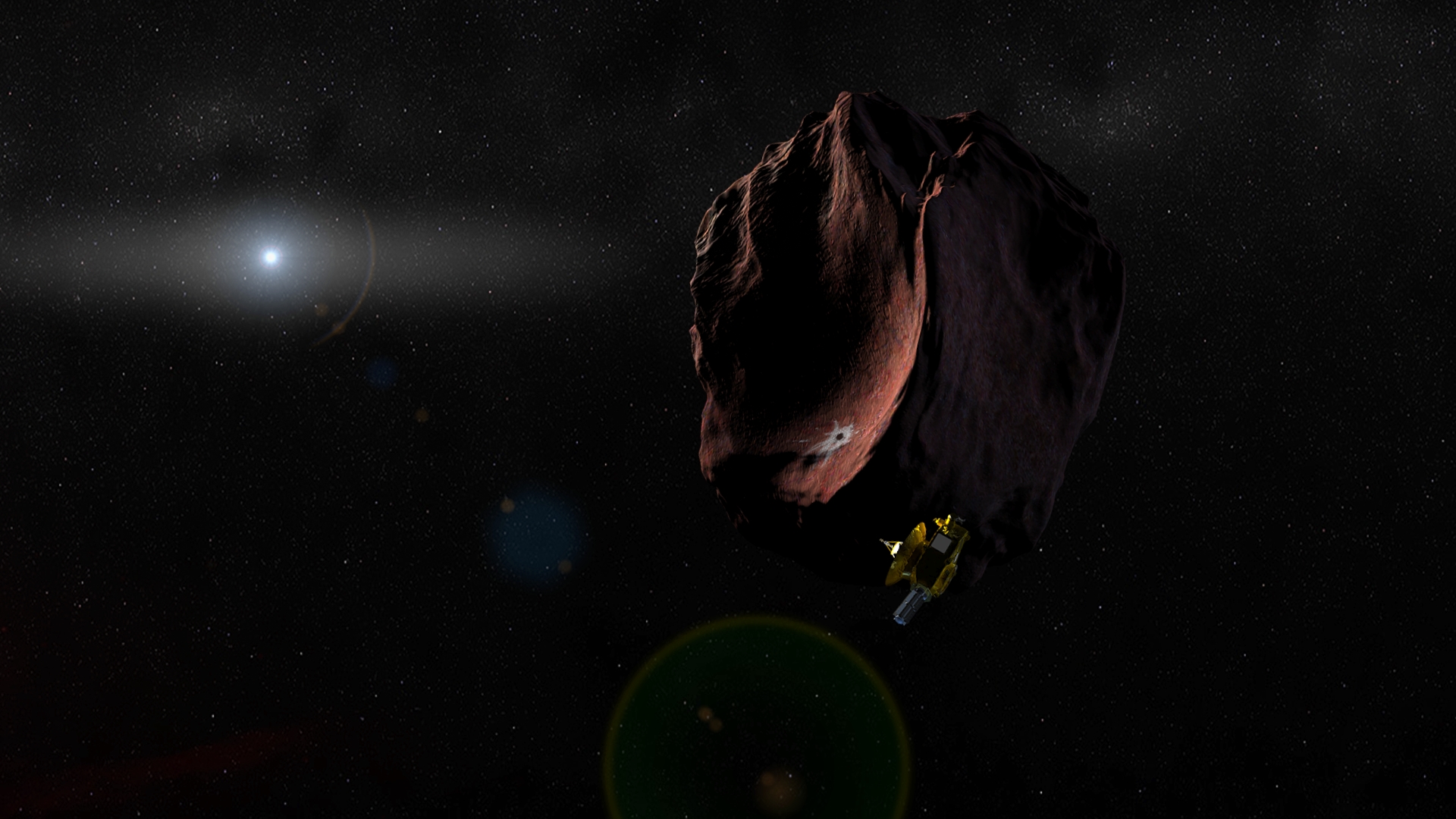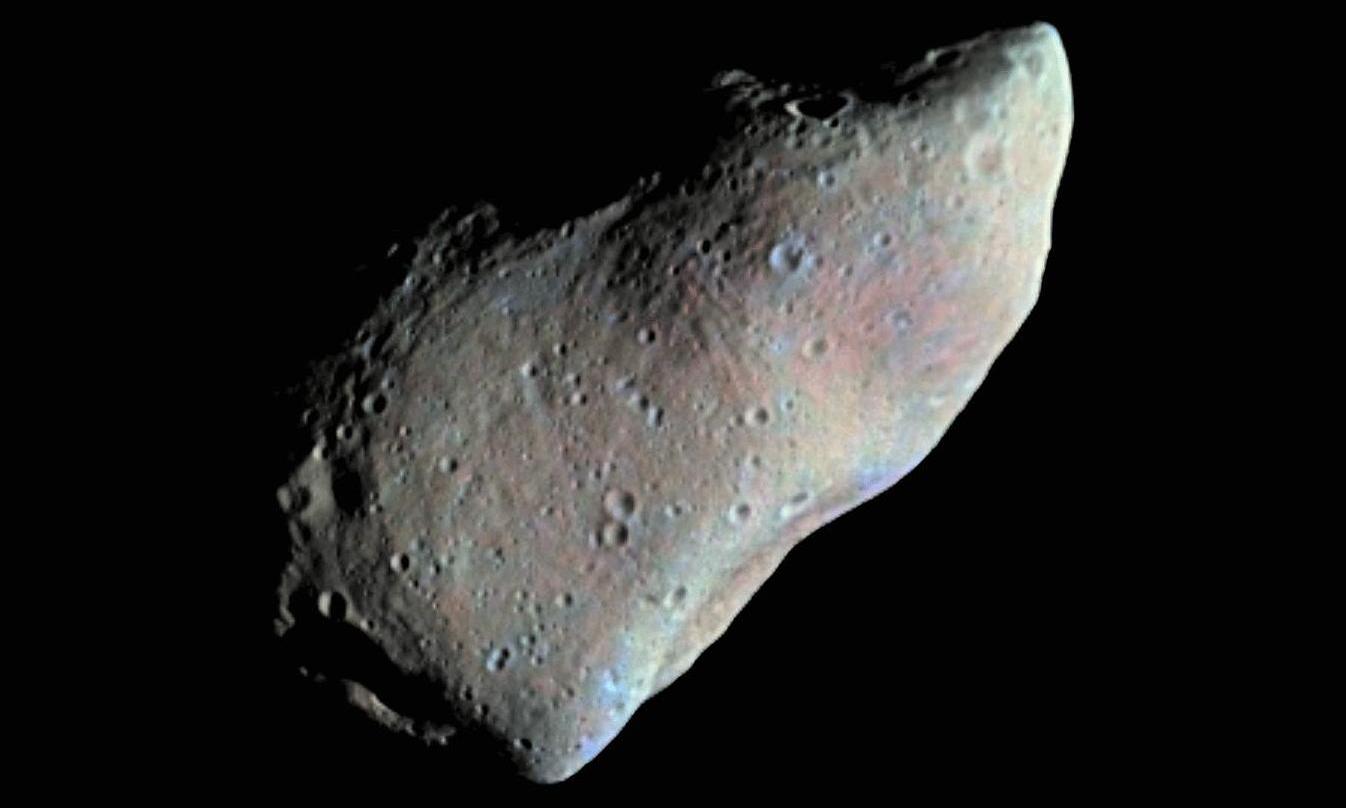If you've enjoyed this please share it on facebook, twitter, or whatever your favourite social media is.
Near Earth Object about to hit our atmosphere:
Earth has a (slightly) mysterious companion called 'WT1190F'. The tiny Near Earth Object (NEO) is orbiting our planet once every three weeks, on an elliptical and decaying orbit that will have it re-entering the atmosphere on Nov. 13th, 2015…Read More »
and if any part survives, it will plummet into the Indian Ocean (~62 miles south of Sri Lanka). It's probably an old rocket stage, and will provide a spectacular light show in that part of the world as it disintegrates and burns up.
 |
| Above: A bright fireball, like this one, is expected as the object burns up in our atmosphere. |
Earth was born with the ingredients for life, comet data suggests
Complex carbon molecules have been detected in the emissions of comet C/2014 Q2 (Lovejoy), a comet with a very long orbit that made its closest approach to the Sun on 30 January 2015. Telescopes were trained on the comet, and 21 different molecules were identified using a technique called spectroscopy, including the first identification of ethyl alcohol (ethanol, C2H5OH) and the simplest monosaccharide sugar glycolaldehyde (CH2OHCHO) in a comet. These, and the other molecules, are part of a likely mix of complex organic matter that began the chemical process leading towards the emergence of life. Comets were a part of the building process for the Earth, suggesting that our planet had the ingredients of life built into it from the very beginning.
 |
| Above: Comet Lovejoy, taken by Gerald Rhemann |
New Horizons successfully alters course towards next target
After it's flyby of the Dwarf Planet Pluto - which resulted in some frankly jaw dropping results - the New Horizons spacecraft has just completed two of four course adjustments needed to put it on a course to encounter it's next target, the tiny Kuiper belt object known as MU69, on Jan. 1, 2019. The remaining two manoeuvres will take place on Oct. 28 and Nov. 4. New Horizons is approximately 74 million miles (119 million kilometres) beyond Pluto and 3.16 billion miles (5.08 billion kilometres) from Earth
 |
| Above: A artists impression of MU^(. Courtesy of NASA/ JPL. |
Planetary resources raises $12 million
Planetary Resources sounds like a bit of a mad dream on paper: A company that aims to mine the asteroids. But the company's attracted attention, and their plans - starting small by launching the Arkyd asteroid hunting space telescope - have the ring of a business like experiment rather than the mad dream of a billionaire with more money than sense. Ultimately they plan to use water harvested from asteroids as rocket fuel, splitting it into hydrogen and oxygen using solar power. Asteroids whose paths come relatively close to Earth also hold valuable rare metals. At least at first their main market would be industries in space, such as the 3D printing of satellites on-orbit, and fuelling them. Their plans have attracted investors money, to the tune of $12,000,000. that's not much in space travel terms - but you've gotta start somewhere.
 |
| Above: The Near Earth Asteroid Gaspra. |
No comments:
Post a Comment